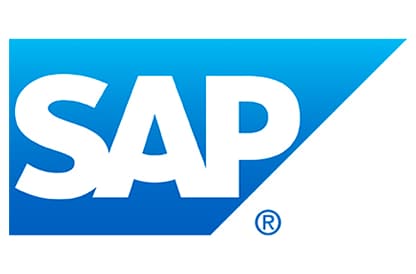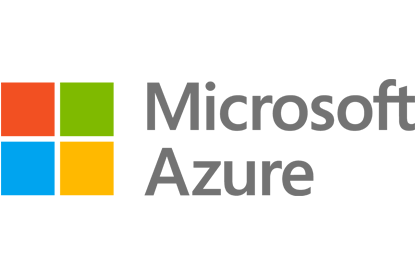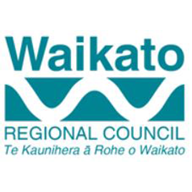This means the council processes a high volume of project planning documents, environmental reports, contracts, technical specifications and more, all subject to public records legislation. All this content must be easy to locate, share, track and archive for the council to be effective in its job. Therefore, WRC prioritizes technology-enabled information management. “Good information practices are hugely important,” explained Joanne Bell, Community and Services Information Management Team Leader. “We’re committed to having engaging and efficient solutions. When done right, good information practices make life a whole lot easier for everyone else in the organization and anyone that comes after them.”
Furthermore, the council works to manage content in a way that embraces a digital future for its workforce and citizens. “Staff members and contractors are increasingly wanting to work in more collaborative and mobile ways and expecting a user friendly and intuitive interface,” Bell said.
Outdated document and record management systems were not up to the challenge. Complex, inconvenient interaction left users frustrated and caused errors or delays. For instance, standard document functionality did not support teamwork: employees developing large policy spreadsheets within tight timeframes experienced delays waiting for files to become available. Also, due to limitations of previous systems, the council had not maintained its retention and disposal schedule for several years.
Council team members moved forward, even if it meant downloading material outside the records management system. “If we are not offering the functionality within our system, then staff members are going to find ways to work around it,” Bell said. “We need to give them the tools they need to do their jobs.”
WRC evaluated new content management systems by functionality, ease of use and integration. They teamed with OpenText™ Professional Services to upgrade to OpenText™ Content Suite, add OpenText™ Core Share and other capabilities. “It is definitely a better experience,” Bell reported. “The OpenText content services platform has improved functionality and offers users a better experience and more options in terms of how they use the system.”
Data-informed decisions
With the intuitive flexibility of Content Suite, WRC employees now easily search, find and share information. Templates configured using OpenText™ Connected Workspaces empower staff to quickly create customized areas to bring together the information, team members and workflows needed for a specific process or project. Behind the scenes, records management practices are embedded to automatically and transparently govern the content. WRC employees can freely collaborate and exchange critical business information, while ensuring the content is being effectively governed. Connected Workspaces will drive productivity as teams maintain a focus on what is important in each phase of a project. “They will just press buttons and go,” Bell explained.
The convenience drives enthusiastic adoption, serves as a useful avenue for updates, and reduces the introduction of other, less secure methods of collaboration. “Providing improved access and searching aligns with the goal of being a data and information-led organization,” Bell said. “We have the right information at the right time to make the right decision.”
More than 600 professionals at WRC access up-to-date information with increased visibility via Content Suite and will soon use OpenText™ Extended ECM for Microsoft® Office 365™. All users, especially professionals specializing in science and policy areas, maintain consistent access to large documents and spreadsheets through co-authoring functionality that enables concurrent online editing for meeting same-day deadlines.
Serving as one source of truth integrated with core council systems, Content Suite enables WRC to demonstrate compliance so requirements and questions can be met with security and audit trails. “We are confident in OpenText’s commitment to security and compliance. Content Suite allows us to meet requirements in applying our retention and disposal across the organization,” explained Bell.






 Waikato Regional Council
Waikato Regional Council


